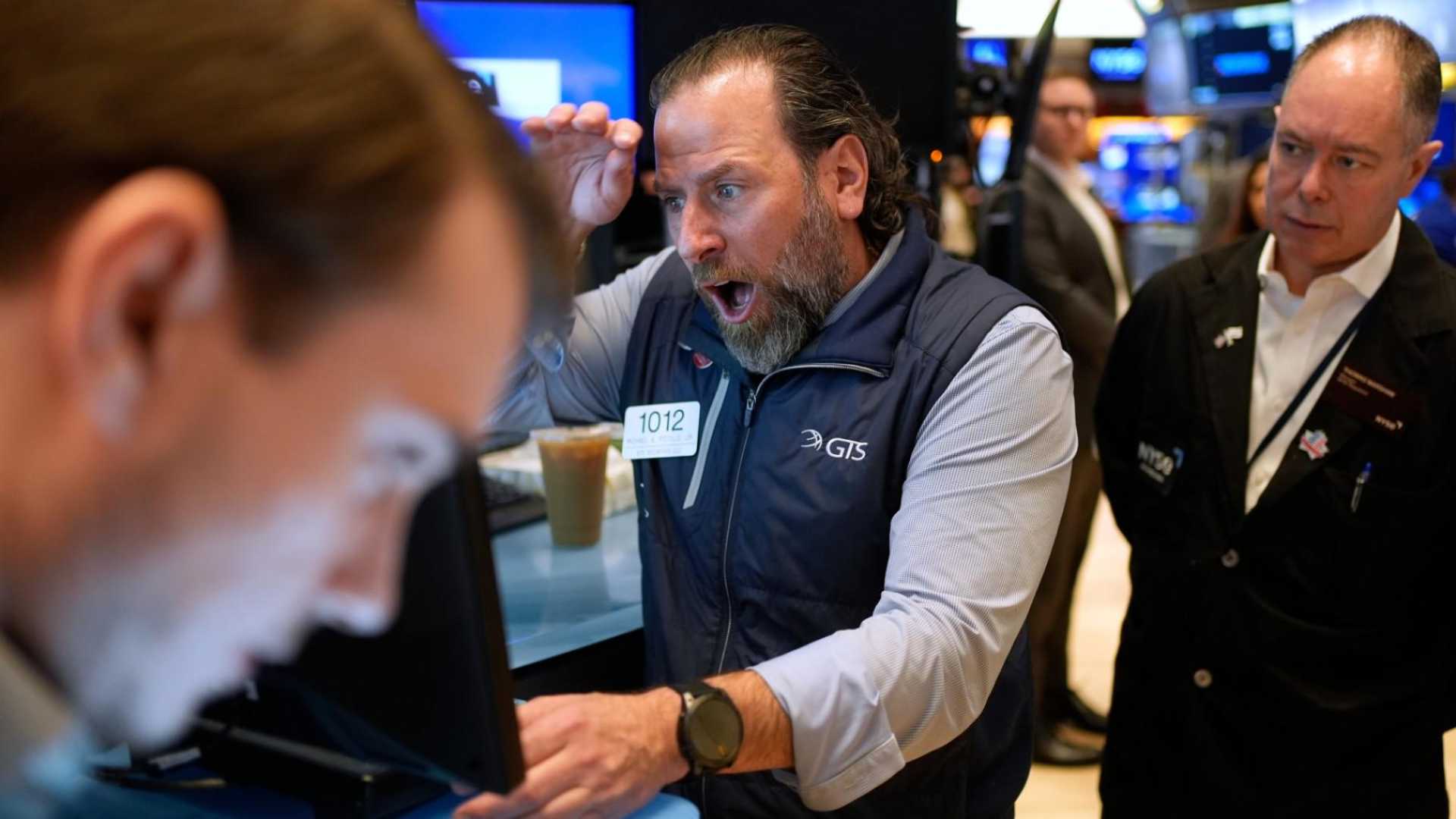Business
European Banks Reeling as U.S. Tariffs Trigger Major Market Selloff

FARGO, ND, USA (Reuters) – European bank stocks plunged Friday, extending significant losses sparked by U.S. President Donald Trump‘s sweeping tariffs. The decline followed a tumultuous trading week for global equities, with European banks down 3.3% by 0710 GMT, marking their lowest levels since early February.
The latest selloff saw banks in Europe facing an overall drop of 8.5% over two trading days, the most severe period of losses in three years. Italy’s BPER Banca, Germany’s Deutsche Bank, and Spain’s Sabadell were among the hardest hit, each down approximately 4.3%. In the U.S., major financial institutions like Goldman Sachs, Morgan Stanley, and JPMorgan witnessed declines between 7% and 9%, suffering their largest daily losses since 2020.
Asian markets echoed the turmoil, with a financial shares index in Japan plummeting up to 11% at one point. Investor concerns over prolonged trade tensions and their potential economic ramifications have significantly influenced market sentiment.
Bill Adams, Chief Economist at Comerica Bank, commented, “The newly imposed tariffs imply less disposable spending power in consumer pockets,” projecting that this could weigh on economic growth throughout 2025.
President Trump’s tariff measures, characterized as reciprocal, target over 180 nations and include rates as high as 34% on imports from China and 20% on goods from the European Union. Analysts warn these tariffs could reignite inflation and stall economic momentum, reflecting a substantial shift in U.S. trade policy.
Trump’s administration announced the tariffs as a means to protect American industries. Notably, the tariffs are intended to counteract perceived unfair trade practices from other countries, contributing to heightened uncertainty in financial markets. The consequences of these fiscal moves have already begun to unfold across various sectors, with several analysts speculating on their lasting impact.
Mary Ann Bartels, chief investment strategist at Sanctuary Wealth, observed, “This was the worst-case scenario for tariffs, and they were not priced into the markets, prompting this significant risk-off reaction.” She noted that key support levels for the S&P 500 could be tested if the index cannot stabilize above 5,500.
As markets react vigorously to the new tariff regime, stakeholders are bracing for further volatility, creating an unpredictable landscape for investors. This moment marks a critical hour in U.S. financial policy, leaving many to wonder how such sweeping tariffs will shape the future of international trade and the global economy.












